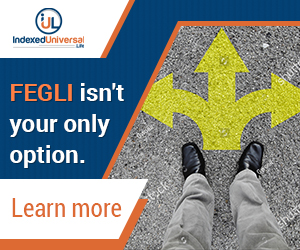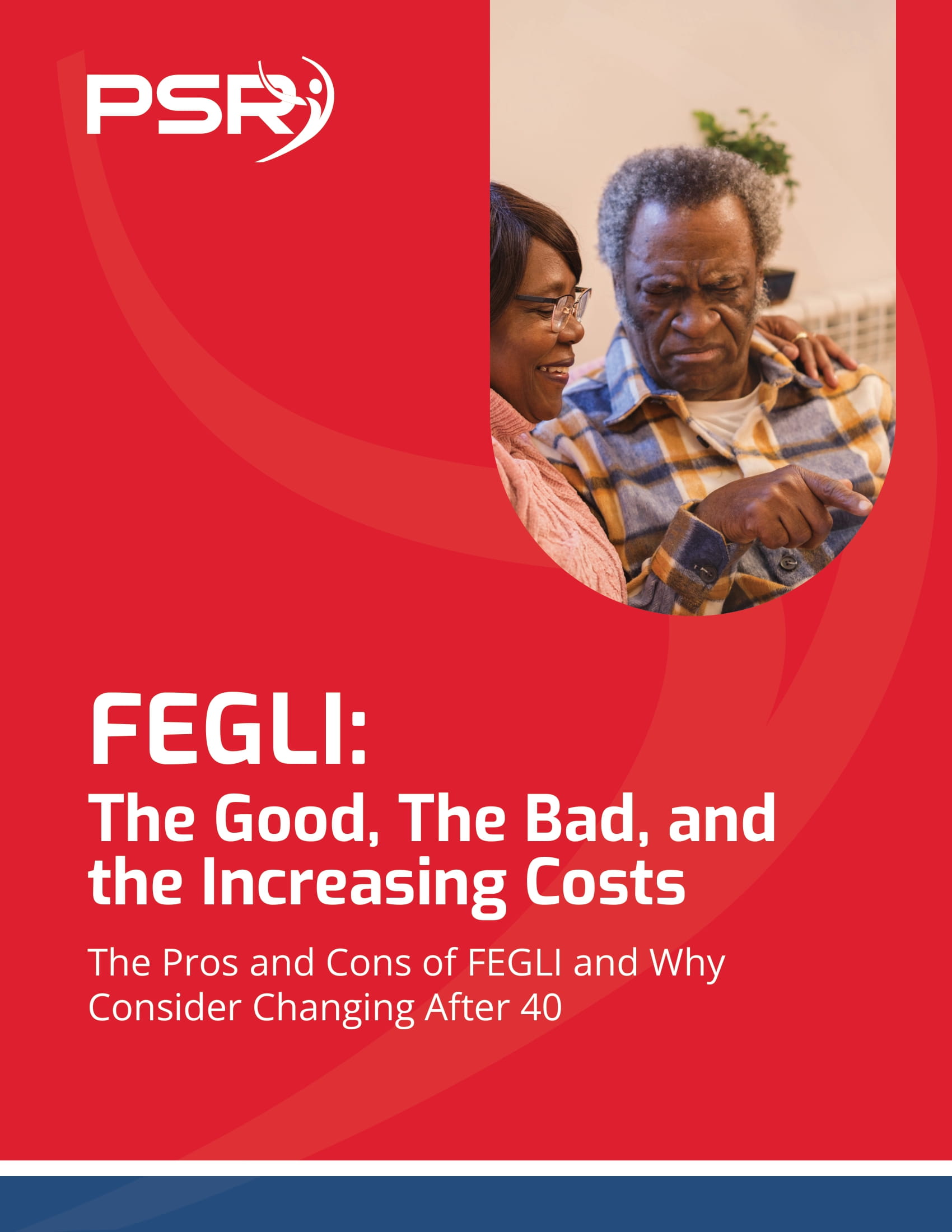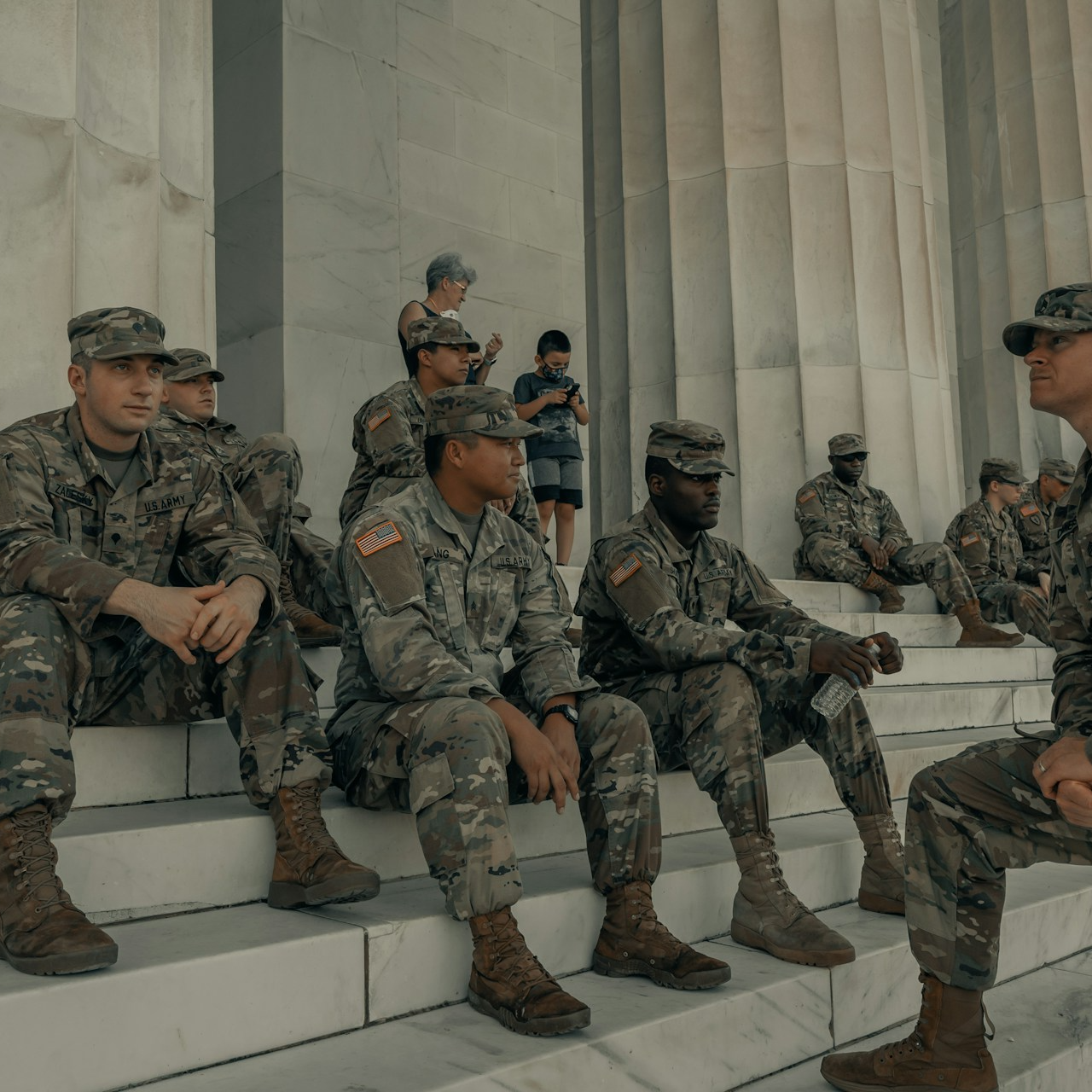Key Takeaways:
- The military buyback program allows federal employees to count their military service toward their civilian federal retirement, potentially boosting their pension. But there are costs and factors to consider before deciding if it’s worth it.
- Weighing the costs, timeline, and impact on both your FERS or CSRS pension and Social Security benefits is essential to making the right decision about the military buyback option.
Military Buyback for Federal Employees- Also Read: FAA, Law Enforcement, and Special Federal Employee Categories—Here’s What Makes Their Retirement Unique
- Also Read: Blending Private and Public Sector Retirement Plans Is Complicated—Here’s Where Couples Get It Wrong
- Also Read: The Silent Shift in Postal Service Retirement Benefits That Could Change Everything by 2026
: Is It Really Worth It? Here’s What You Need to Weigh Up
For federal employees with military service, the military buyback program offers a unique opportunity to enhance retirement benefits. This program allows you to count years of active-duty military service toward your civilian federal pension. But while it sounds like a straightforward way to increase your retirement income, the decision to buy back military time comes with several considerations. Before making this commitment, it’s important to weigh the benefits, costs, and long-term implications to determine if it’s truly the right choice for you.
How the Military Buyback Program Works
The military buyback program is designed to allow federal employees who served in the military to “buy back” their military time, converting those years into creditable service under the Federal Employees Retirement System (FERS) or the Civil Service Retirement System (CSRS). By purchasing your military service time, you can add those years to your civilian federal retirement, boosting your pension benefits.
To take advantage of the military buyback, you must pay a military deposit based on your basic military pay, typically 3% for FERS employees or higher for CSRS employees. If the deposit is paid within a specific time frame after joining the federal workforce, no interest is charged. However, if you wait, interest will accrue on the deposit, making the cost of the buyback higher.
Boosting Your Pension: The Key Advantage
One of the most attractive benefits of the military buyback program is the potential to increase your federal pension. Under FERS, your retirement annuity is calculated based on your high-3 salary (the highest average salary over any three consecutive years of service) and your years of creditable service. By buying back military time, you can increase the number of years factored into your pension calculation, potentially adding thousands of dollars to your annual retirement income.
For example, if you have 20 years of civilian federal service and buy back four years of military service, your pension calculation would be based on 24 years instead of 20. This increase can result in significantly higher pension payments over the course of your retirement, making the upfront cost of the buyback worthwhile for many federal employees.
However, it’s important to remember that while the buyback can enhance your FERS or CSRS pension, it’s not a decision to take lightly. The cost of the buyback, as well as its long-term impact on your retirement benefits, should be carefully considered.
Understanding the Cost of the Buyback
While the prospect of increasing your pension is appealing, the cost of buying back military time can be a sticking point. The amount you’ll need to pay depends on your basic military pay during your years of service, plus accrued interest if the deposit isn’t made within a set time limit.
For FERS employees, the military deposit is typically 3% of your basic military pay. If you served 10 years in the military and earned $30,000 annually in basic pay, the deposit would be approximately $9,000. However, if you wait too long to pay the deposit, interest will be added, making the cost significantly higher.
For CSRS employees, the buyback cost is higher—generally around 7% of basic pay, plus interest. This can make the decision more complex for those under the CSRS system, as the higher upfront cost may take longer to recoup in increased pension benefits.
Impact on Social Security Benefits: Windfall Elimination Provision (WEP) and the Government Pension Offset (GPO)
One of the key factors federal employees must consider when deciding whether to buy back military time is how it will affect Social Security benefits. For federal employees covered by FERS, this is less of an issue, as they contribute to Social Security during their federal careers. However, CSRS employees face potential reductions in Social Security benefits due to the Windfall Elimination Provision (WEP) and the Government Pension Offset (GPO).
The WEP reduces Social Security benefits for individuals who receive a government pension based on non-Social Security-covered work, such as service under CSRS. If you buy back military time and add it to your CSRS pension, it could trigger the WEP, reducing your Social Security payments. The GPO, on the other hand, reduces spousal or survivor Social Security benefits by up to two-thirds of the government pension received. This means that if you’re counting on spousal Social Security benefits, the buyback decision could affect the amount you receive.
For FERS employees, the buyback generally doesn’t impact Social Security benefits, as FERS employees pay into Social Security throughout their federal careers. However, the nuances of WEP and GPO must be carefully considered if you’re under CSRS or have divided your career between CSRS and FERS.
Timing Is Everything: Why Early Buyback Makes Sense
One of the biggest mistakes federal employees make with the military buyback program is waiting too long to make a decision. While the buyback can be done at any time before retirement, delaying it can cost you—literally. The longer you wait to pay your military deposit, the more interest will accrue, making the cost of the buyback significantly higher.
For FERS employees, the military deposit must be paid within three years of starting federal service to avoid interest. If you wait beyond that three-year window, the interest begins to accumulate, and the cost of the buyback can quickly escalate. To maximize the financial benefits of the buyback, it’s best to initiate the process as early as possible in your federal career.
If you’re nearing retirement and haven’t yet made a decision about the buyback, it’s still worth considering, but you’ll need to carefully weigh the cost of the deposit with the potential increase in your pension.
Is Military Buyback Worth It for You?
The decision to buy back military time isn’t one-size-fits-all. It depends on several factors, including your financial situation, your years of military and federal service, and your retirement goals. To help determine whether the buyback is worth it, federal employees should consider the following:
- How long you plan to stay in federal service: The longer you stay in the federal workforce, the more advantageous the buyback can be, as you’ll have more time to benefit from the increased pension.
- The cost of the buyback vs. the increase in pension: You’ll need to calculate how long it will take to recoup the cost of the buyback through the increased pension payments. For some employees, the pension boost pays for itself within a few years of retirement, while for others, it may take longer.
- Your Social Security situation: If you’re under CSRS or have split your service between CSRS and FERS, carefully evaluate the impact of WEP and GPO on your Social Security benefits.
- Your retirement timeline: If you’re nearing retirement, the decision becomes more complex, as you’ll need to consider whether you have enough time to recover the cost of the buyback through increased pension payments.
For many federal employees, the military buyback program is a valuable tool for maximizing retirement income. However, it’s not always the right choice for everyone, especially if the cost of the buyback outweighs the financial benefits or if Social Security reductions make the pension increase less valuable.
Making an Informed Decision About Military Buyback
Before making a decision about the military buyback program, it’s important to run the numbers and consult with a financial advisor who specializes in federal retirement planning. Understanding the long-term financial implications, including how the buyback will affect your pension, Social Security benefits, and overall retirement strategy, is key to making the right choice.
The buyback process involves obtaining your military service records (typically your DD Form 214), calculating the deposit, and working with your federal agency’s human resources office. By taking these steps early in your career, you can avoid interest charges and ensure that you make the most of the buyback opportunity.
Weighing Your Options for a Secure Retirement
The military buyback program offers a valuable opportunity for federal employees with prior military service to enhance their retirement benefits. However, the decision requires careful consideration of the costs, the impact on Social Security, and your long-term retirement goals. By weighing all of these factors, you can determine whether the buyback is truly worth it for you and ensure that your financial future is secure.












